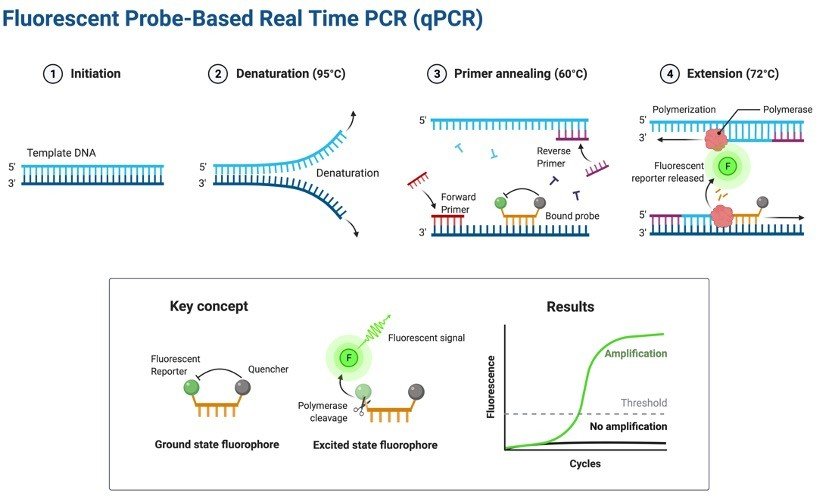Cell degeneration may lead to change in morphology i.e. rounding up of cells and their detachment from the surface of the culture vessel.
The most frequent reasons for rapid cell degeneration include use of too high seeding density, use of poor quality or too high concentration of fetal calf serum when preparing cultures.
Whenever rapidly growing, continuous cell lines are maintained in a laboratory there is a risk of cell line cross-contamination.
The problem of cell degeneration can usually be overcome by appropriate adjustment of the cell count or foetal calf serum concentration.
Only one cell line should be used in at any one time.
After removal of the cell cultures from the cabinet, the cabinet should be swabbed down with a suitable disinfectant and the cabinet UV run for five minutes before introduction of another cell line.
Bottles or aliquots of medium should be dedicated for use with only one cell line.
Regularly return to frozen stocks — never grow a cell line for more than three months 15 passages from stock passage level, whichever is the shorter period.
All culture vessels must be carefully and correctly labelled. (including name of cell line, passage number and date of transfer)
Some cultures whilst growing as attached lines adhere only lightly to the flask called as fragile cells, thus it is important to ensure that the growth medium is retained and the flasks are handled with care to prevent any cells detachment prematurely.
Although majority of cells will detach in the presence of trypsin alone the EDTA is added to enhance the activity of the enzyme.
Presence of serum inactivate Trypsin activity. Therefore, it is essential to wash the monolayer of cells with PBS without calcium and magnesium in order to remove all traces of serum from the culture medium.
Cells should only be exposed to trypsin/EDTA long enough to detach cells.
Prolonged exposure could damage cell surface receptors.
In case of cells lost in trypsin removal, trypsin should be neutralised with serum prior to seeding cells into new flasks otherwise cells will not attach.
Trypsin may also be neutralised by the addition of soyabean trypsin inhibitor, where an equal volume of inhibitor at a concentration of 1mg/ml is added to the trypsinised cells.
The cells are then centrifuged, resuspended in fresh culture medium and counted as above.
This is especially necessary for serum-free cell cultures.
If the cells harvested are at too low a cell density to re-seed at the appropriate cell density into fresh flasks it may be necessary to centrifuge the cells e.g. 5 mins at 1300 rpm, and resuspend in a smaller volume of medium.
The cells are then centrifuged, resuspended in fresh culture medium and counted as above.
This is especially necessary for serum-free cell cultures.
If the cells harvested are at too low a cell density to re-seed at the appropriate cell density into fresh flasks it may be necessary to centrifuge the cells e.g. 5 mins at 1300 rpm, and resuspend in a smaller volume of medium.
























